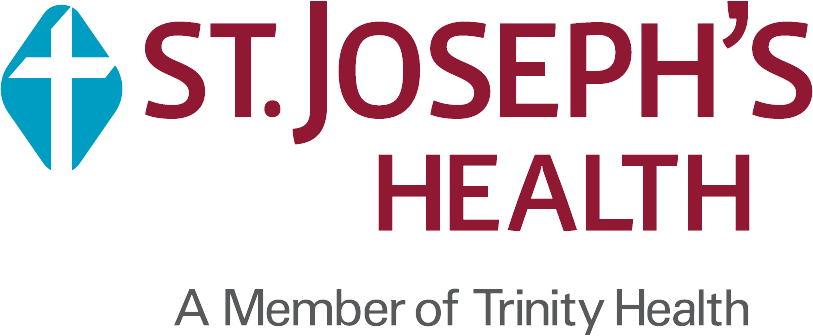Endoscopic Surgery
Our endoscopy unit performs 4,000 procedures per year, including colonoscopies, gastroscopies and bronchoscopies for patients of all ages. The unit provides patient-centered care for those suffering from gastrointestinal issues, such as GERD, Barriets Esophagus, pancreatitis and cancer (including lung, liver, colon, esophageal and pancreatic).
The endoscopy unit combines the technological aspect of the Operating Room with the patient contact of our access units.
When you visit St. Joseph's Hospital for an endoscope procedure, you will be cared for by an expert team of nurses and doctors who specialize in endoscopy services. The night prior to your visit you will receive a call from one of the nurses on the unit. The call will help us prepare to meet your specific needs during your visit and answer any questions you may have.
During the admission process, we will review your health history, obtain a baseline assessment of your current condition and answer any questions or concerns you have.
During your procedure, you will have a Registered Nurse available to oversee your care. If your procedure requires a recovery period you will spend anywhere from one to two hours with us after the procedure.
Prior to your discharge, we will provide you with a light snack and ensure you are comfortable for your transition to home. If you received sedation or anesthesia we will call you the next day to check on you.
Procedures
Bronchoscopy
Using a bronchoscope passed through the mouth or nose, and then the windpipe physicians can see the inside of the lungs to diagnose and/or treat lung diseases and conditions.
Colonoscopy
The colon (large intestine) and rectum can be examined using a colonoscope. It can diagnose colon cancer; sometimes physicians are able to remove cancerous growths.
Electromagnetic Navigational Bronchoscopy ("GPS" for the lungs) new!
Safe and accurate, this procedure offers patients the safest and most accurate procedure to obtain a lung nodule tissue diagnosis. Scheduled as an outpatient/same-day procedure, it can help sample stages of lung cancer. Physicians can place markers for external beam radiation on patients who are considered candidates for surgery.
Endoscopic Retrograde Cholangiogram Pancreatogram (ERCP)
An ERCP is a test that combines the use of an endoscope with X-ray pictures to examine the tubes that drain the liver, gallbladder, and pancreas. It can be used to remove gallstones or open narrow bile ducts.
Endoscopic Ultrasound
Physicians can view patients from the inside as opposed to the traditional outside method through endoscopic ultrasound. A special scope is inserted into a patient’s esophagus so doctors can view detailed images of the chest, abdomen and pancreas, allowing for more precise diagnoses. The less invasive process is done when a patient is under anesthesia, but eliminates the need for major surgery.
Gastroscopy
Endoscopes are used to search for abnormalities or obtain tissue samples to test for ulcers. Bleeding ulcers also can be repaired.
PEG Tube Insertions (feeding tubes)
Inserting a feeding tube, medically known as a percutaneous endoscopic gastrostomy (PEG), is a safe and effective way to provide food, liquids, and medications (when appropriate), directly into the stomach through a tube placed in the abdomen. The procedure is done for people who have difficulty swallowing and can't consume enough food or liquids by mouth to maintain adequate nutrition.
Sigmoidoscopy
A flexible tube called a sigmoidoscope is placed through the anus and gently moved into the colon. This tool has a small camera attached to the end which can take images of the colon. Sigmoidoscopy also is used to obtain tissue samples and/or remove polyps.
